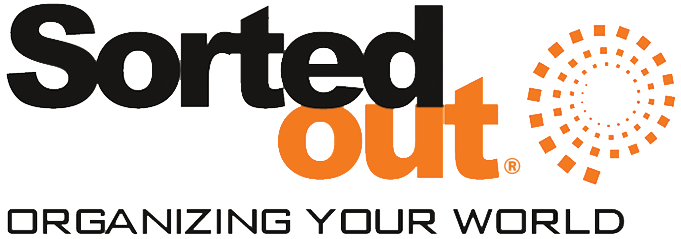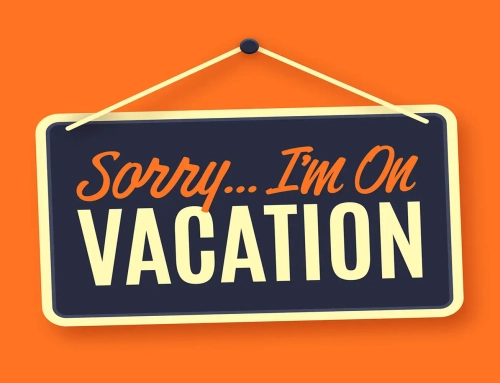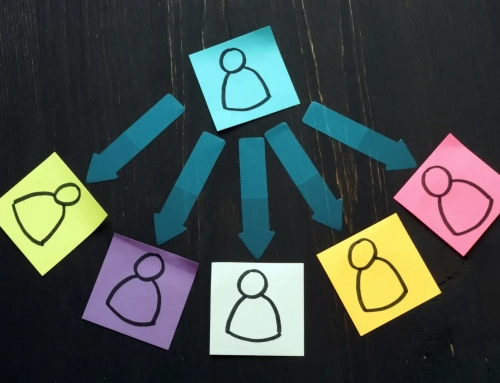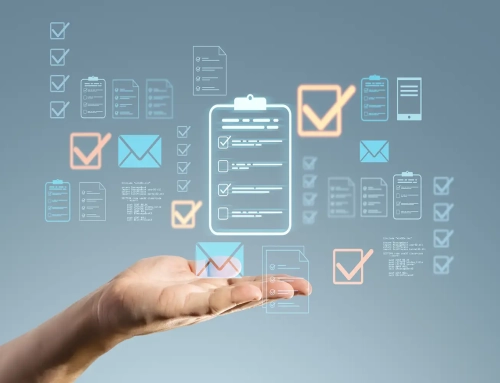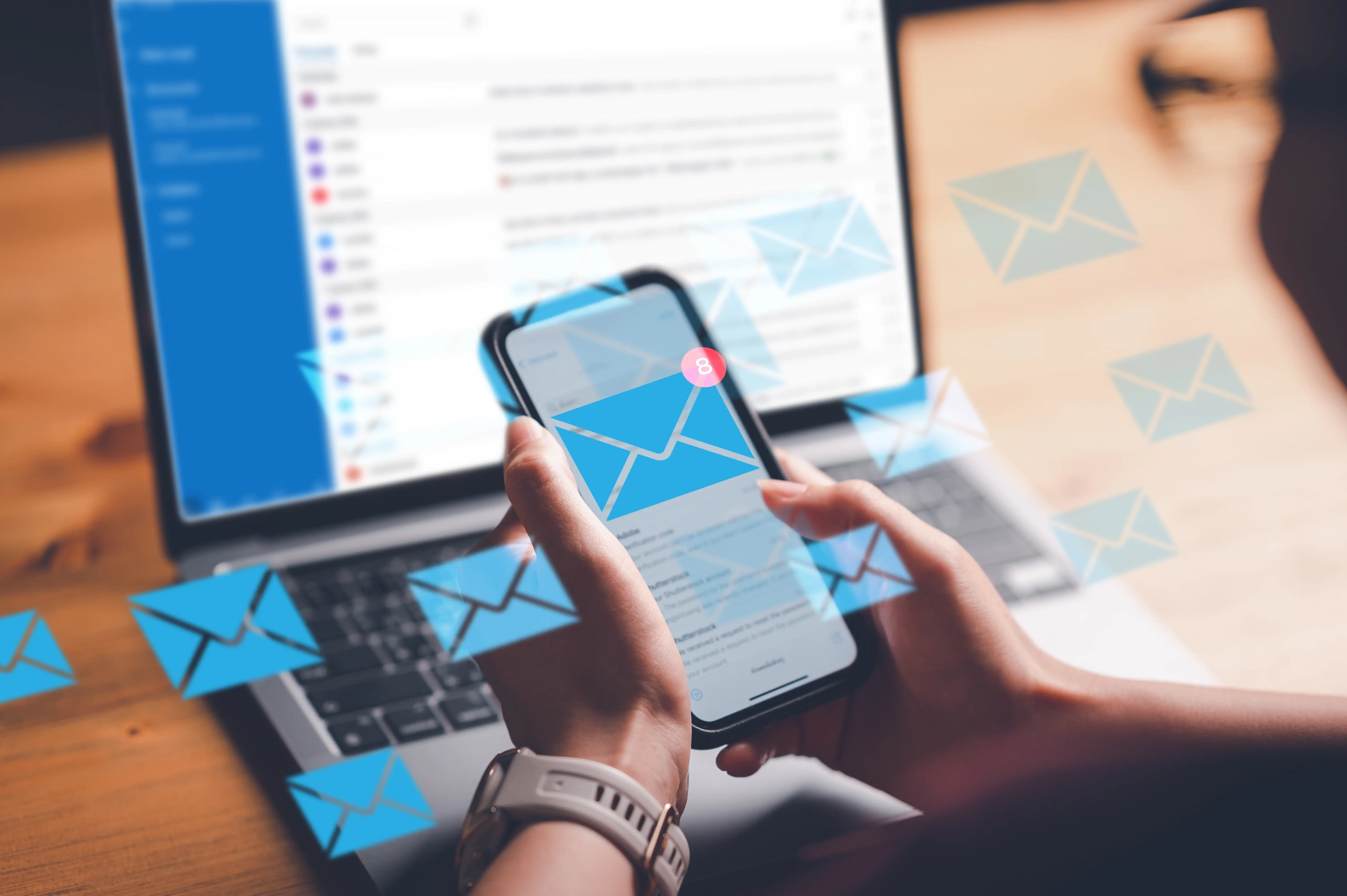
Email. This week’s topic is something seemingly small and insignificant, but wow, will these tips end up making a huge organizational difference in both your mind and your inbox! Email is a part of daily life and communication for almost all working adults, and it’s important that you don’t earn the reputation of “that coworker”. (You know the one. The coworker that doesn’t respond to correspondence for 3-4 days. The coworker that missed the updated project deadline because they have 6,430 emails sitting in their inbox. The coworker that made an embarrassingly glaring typo in the company-wide “reply all” response.) We don’t want you to be “that coworker”! Read on for the seven most critical things NOT to do when checking your email.
1. Don’t check your email before you’re fully awake or the moment you arrive at the office
It may seem like a good idea to start your workday by jumping right in and checking your email first thing upon your arrival. However, your time would be much better suited if you wait a bit. Give yourself time to start your day and mentally “get in the zone” before opening up your inbox. While it may sound like a good idea to knock “check email” off the to-do list early, you may potentially end up wasting hours of valuable productivity time by getting caught up in your emails. If you begin your day trying to respond to every new message it could put you behind on important tasks that need to be completed by the day’s end.


2. Don’t be slow to respond
This is sometimes an “easier said than done” tip, but it’s an important one! Not only could you miss important deadlines or opportunities if you take too long to respond to an email, but it could hinder your reputation in the office. If it takes a significant amount of time for you to respond to an email it will look unprofessional to those waiting on you. You want to always be mindful of how many emails you have in your inbox. It may help to move emails into folders once the task or needed action is completed. If your inbox becomes too full it will be more difficult to find (or see) emails of high importance. An email inbox can quickly become an overwhelming space; if you don’t respond promptly to emails it’s quite possible that important correspondence could easily be lost forever.
3. Don’t send emails with too much emotion
You never want to respond to an email when in the height of your emotional reaction. If you check your email and find something that evokes a strong response: take a breather. Wait to respond until after you’ve had time to calm down or regroup. If you’re feeling overly emotional and respond right away it’s likely the email will reflect that emotion and you may not properly articulate what you intended to. Instead of responding immediately, flag the email in your inbox so that you can revisit it and respond when you’re ready and have had time to think your response through. You can also type out your reply and save it to your drafts as opposed to sending it right away. Once you’ve regrouped you can return to the draft, revise as necessary, and then hit “send”. (If you chose to type your response immediately in a draft, do make sure you create it as a new email vs. a “reply”. Or, you could type out your response in a separate app altogether. You want to avoid the possible mishap of accidentally sending an emotion-fueled email before you revisit and revise.)
4. Don’t use too many exclamation points! &/or abbreviated text
It’s difficult to identify tone in an email, and emails with too many exclamation points may come across differently than intended depending on how the recipient interprets it. An abundance of exclamation points typically come across as aggressive, or overly excited (neither being a good thing with business emails.) Abbreviations, ALL CAPS, and emojis should also be avoided in workplace correspondence. These are considered unprofessional and should only be used when responding to friends, family members, and coworkers with whom you are very close to and comfortable with.
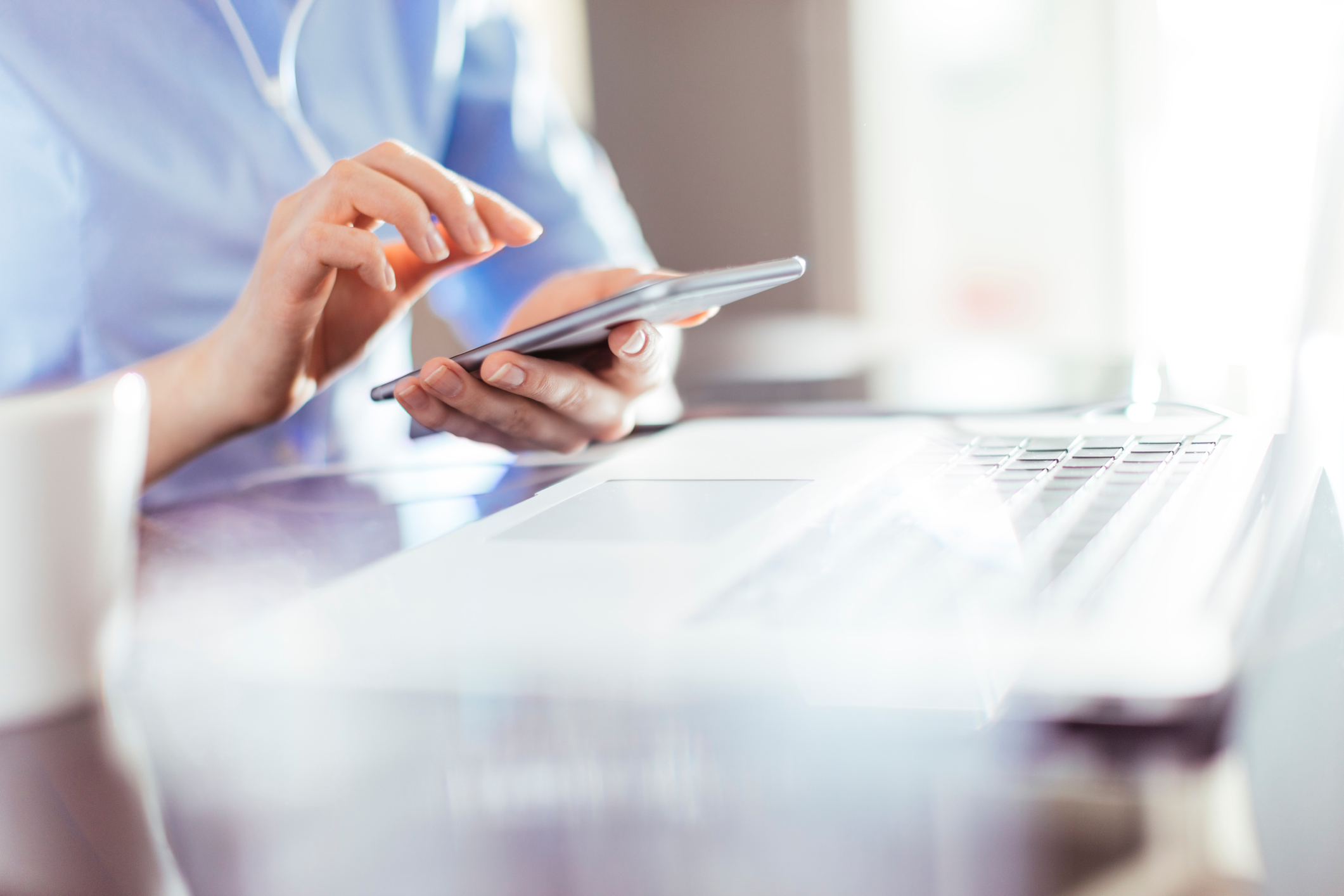
5. Don’t make an email too long
Email has become the primary method of business communication because it is quick and efficient. If an email is too long, it likely won’t be read in full. To remain effective, it’s important you keep emails concise and to the point. Only include important, relevant, timely, and necessary information. If there is truly no way to avoid a lengthy response, consider other options of communication for the discussion. Would a conference call better suit the amount of information? Is there enough to share that communicating during an in-person meeting would be more effective? These are all things to consider when drafting emails at work.
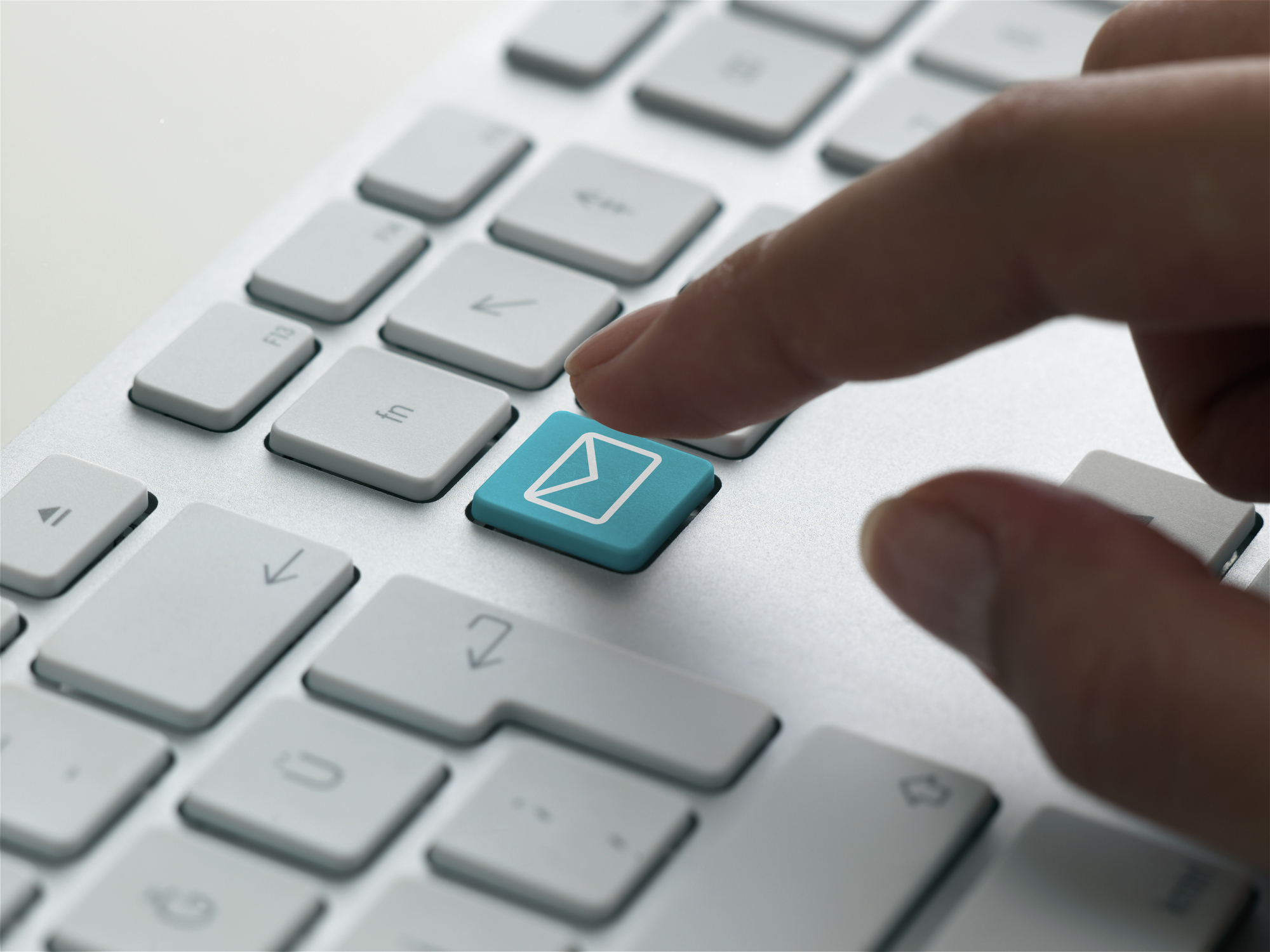
6. Don’t send an email without proofreading
Once an email has been sent, there is no reversing the action. Always check for spelling and grammatical errors before sending. Mistakes, even the smallest, will make you look unprofessional, and people may be less likely to take you seriously. Before hitting “send” consider who you’re sending the email to and ensure everything you’ve included in your email is appropriate. Communication with friends or close coworkers can be less informal than when sending something to a boss, supervisor, or prospective client so be sure to always double check your grammar and word choice.
If you’re struggling with a particular spelling or grammar issue, consider consulting an online tool or app that can help you when you’re feeling stuck. It’s better to double check for correctness before sending as opposed to later realizing your mistake and being sorry! If it’s a very important email you’re sending, consider having a coworker or your supervisor read through it before you send it off. Again, putting an extra set of eyes on it may feel like an extra step, but it’s better to be cautious and thorough if the stakes are high.
7. Don’t send everything via email
Email is instantaneous and effective, but it isn’t the appropriate form of communication for every situation. If an issue arises and needs to be resolved immediately a phone call would be more productive. If a discussion involves possible emotional responses, it may be better to talk in person or on the phone so tone can be identified with ease. It is difficult to tell the tone of an email and if it is misread by the receiver the situation could potentially be made worse. Misunderstandings can happen with email and those will then take longer to clear up in person or over the phone, so consider if those may be a better route to take from the beginning. Important discussions that need to happen quickly should also be handled through different channels. Responses can be delayed and things can easily be missed; so, for the most critical discussions email is not the preferred method of communication.
If you keep these seven things in mind when checking and responding to emails you’ll surely be your most productive, professional, and efficient self. Your communication at work (especially anything communicated in writing) is a professional footprint that can’t be erased so it’s imperative that your emails reflect you in the best light possible. If you are needing help decluttering your inbox & organizing your emails, let us know!
Looking forward to hearing from you,
Tonia
How is your clutter in the workplace? Take our Office Clutter Quotient Quiz today & find out!
Request a Consultation
There are so many ways that organization can help take back a space that is overwhelming and bring it to functional! We are excited to help start your journey to an organized and productive space.
